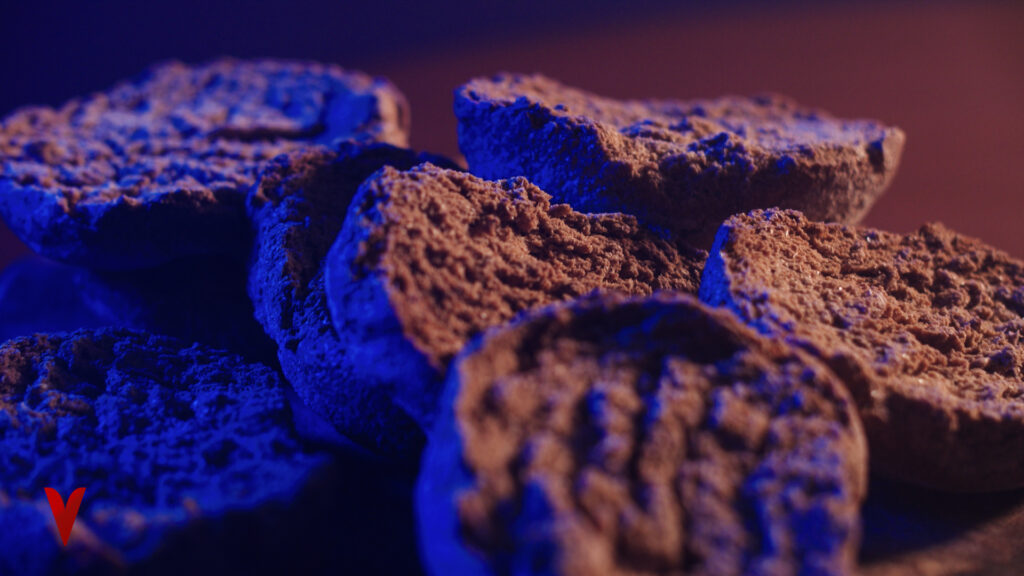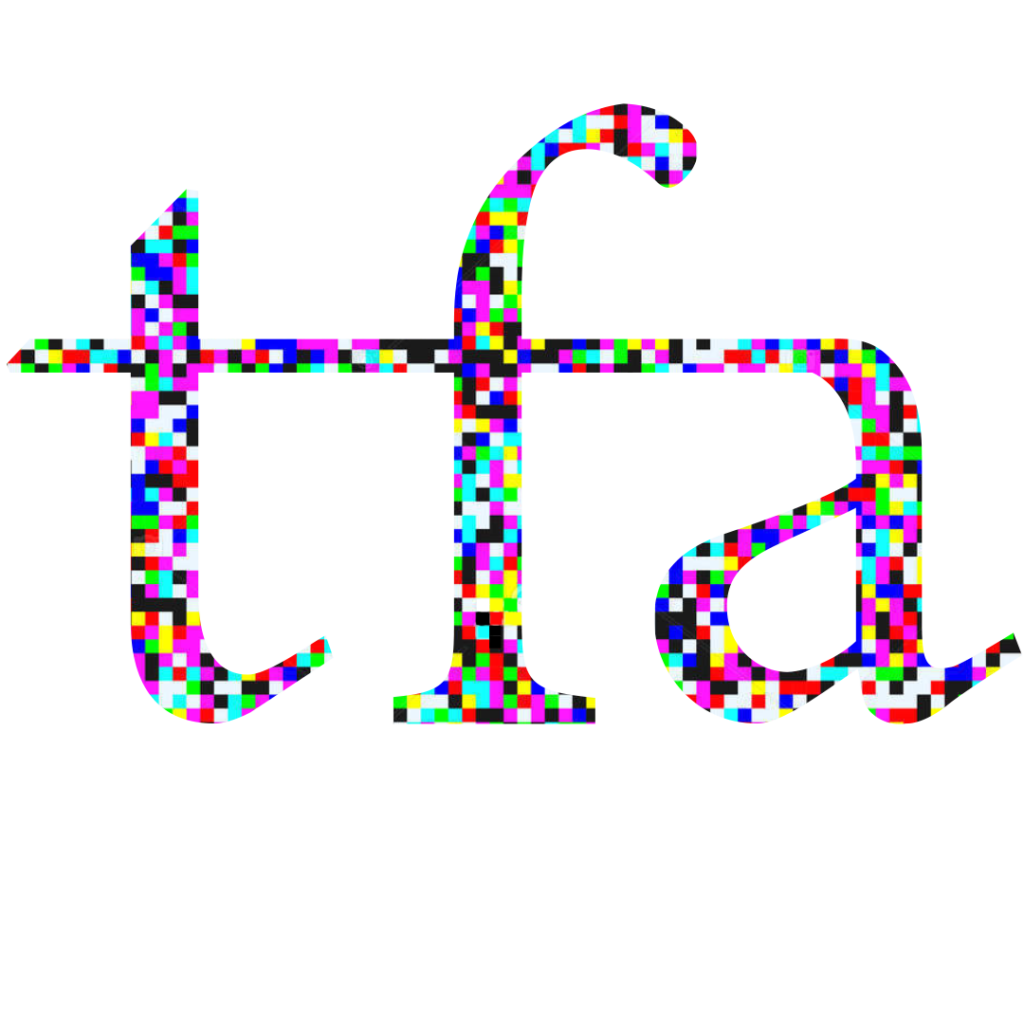TFAFOOD


TFA MENU NOMADIC BREADS
What is nomadic bread?
It is one of the oldest and simplest preparations that the human beings have invented. When we were all nomads, before the invention of cities, women would grind some seeds, add water and salt( if there was some of it), and bake the dough on hot stones. The result was an excellent, nutritious and long-lasting food. It was ideal for those who hunted and traveled long distances. Because of these qualities, it spread to agro-pastoral societies and to those who practiced non-sedentary occupations. Pilgrims, shepherds, woodcutters, carters, merchants carried it with them. It was a primary food. It was cheap, simple, nutritious, and durable bread for work and travel. These characteristics have made it today a viable food solution for the foreseeable future. It is also an element of study to solve the food problems of peoples across the world. In Italy there are many variations: Piadina, Panigacci, Pizza scima, Lestopita, Pane carasau, Frisella et cetera.
We have chosen four of them, representing the whole of Italy, from north to south. We will show you how they are made, what their characteristics are and how best to use them, through snippets of videos taken from the episode "Nourishing the Body, Nourishing the Mind", produced by the Italian Institute of Cutura in Melbourne as part of the series "Visioni, Italian Ecoway of Lyfe".

PANIGACCI
Panigacci come from the Lunigiana (Upper Tuscany) and the eastern part of Liguria. They are made with wheat flour, water and salt. The rather liquid dough is poured into terracotta disks, called testi, which are first heated over the fire. The testi with the dough are then placed on top of each other so that they can be baked in a way that is similar to the baking of bread. Once the common bread of the local people, today they are eaten with cold cuts, cheese or pesto.
PIADINA
Among nomadic breads, piadina is a well-known variety, even internationally. Piadina is typical of Romagna and of peasant origin. It is firm, round and thin. Its ingredients are wheat flour, lard, water and salt. Folded and stuffed with cured meats and/or cheeses, it is now presented in Italy as a popular alternative to fast food of American origin.
TIGELLA
The term "tigella" actually refers to the tool used to bake the dough, from which it takes its name. Panigacci and tigelle are also closely related to the Apennines and to fireplaces. Also the tools used for their preparation is very similar. True mountain people put a chestnut leaf on the earthenware to give it a unique aroma and decoration.
FRISELLA
Typical of the Salento region, it was carried in sacks by farmers, shepherds and olive pickers who spent all day in the open air. With just a little water, a tomato, a bit of oregano and the special thick, strong oil of the Salento olives, it was a simple but tasty lunch.
La puntata completa
NUTRIRE IL CORPO, NUTRIRE LA MENTE – VISIONI Italian Ecoway of Lyfe
In collaborazione con Maurizio Sentieri.








